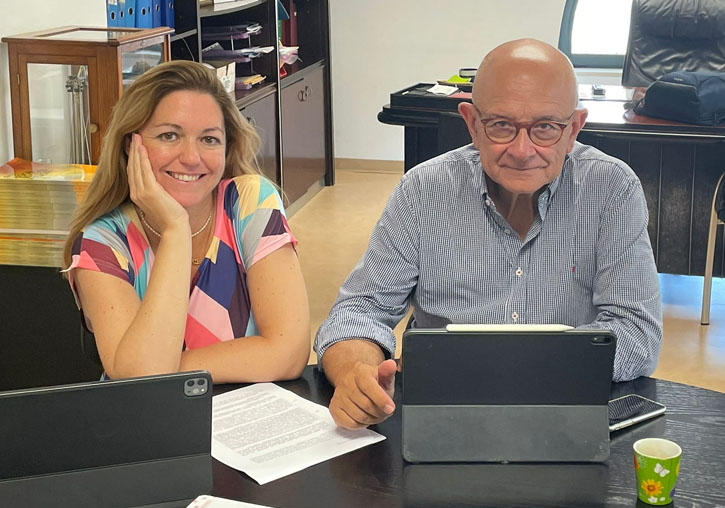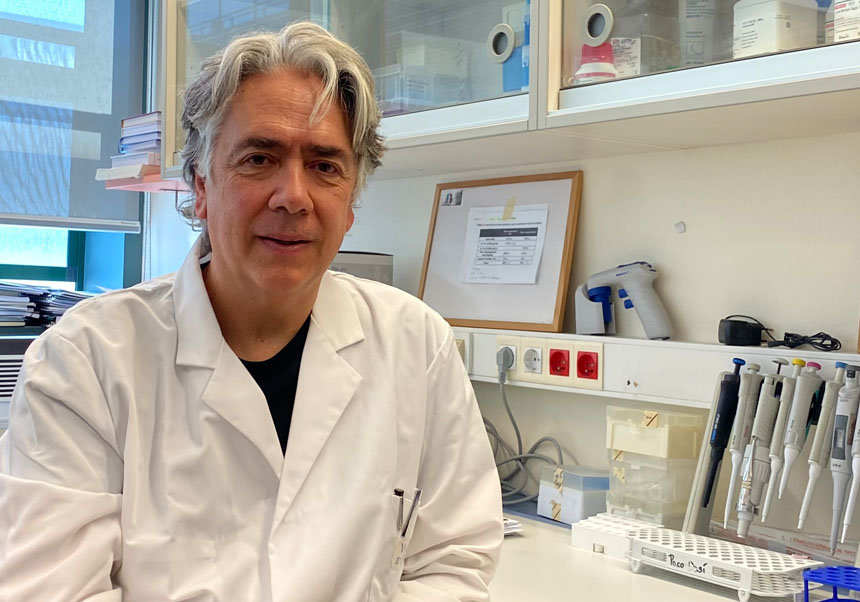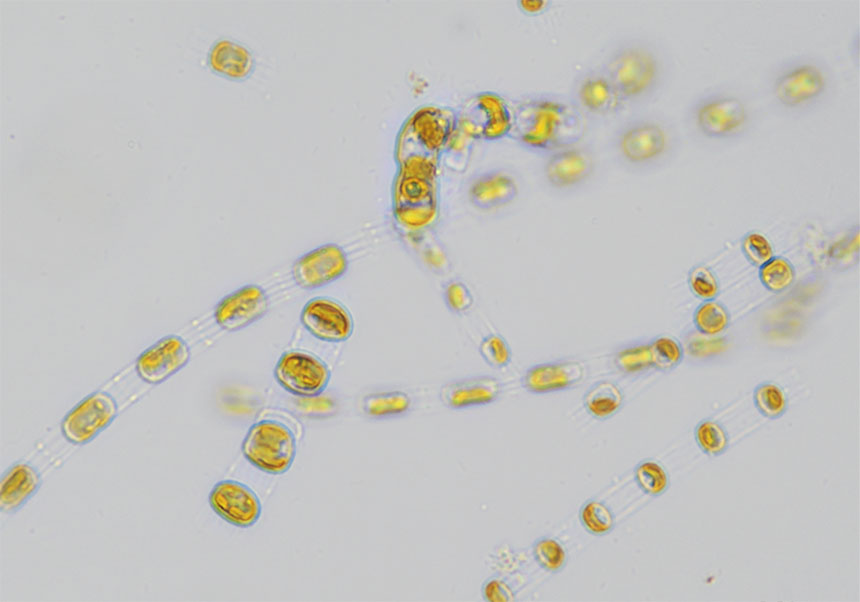Centenarians’ offspring share their unique footprint
- Scientific Culture and Innovation Unit
- June 28th, 2022

A genetic analysis of centenarians’ descendants reveals a specific genetic footprint that may explain why they are less frail than descendants of non-centenarians of the same age. This is the main conclusion of a study led by the University of Valencia (UV), the CIBER for Fragility and Healthy Aging (CIBERFES), and the Health Research Institute (INCLIVA) that has been published in The Journals of Gerontology.
Centenarians exhibit extreme longevity and compression of morbidity, display a unique genetic signature, and their offspring seem to inherit morbidity compression, as measured by lower rates of age-related pathologies. Therefore, the objective of this work by José Viña, full professor of Physiology at the UV, researcher at CIBERFES and main researcher of the Research Group on Aging and Physical Exercise at INCLIVA, has been to determine if their offspring are less frail and if there is a “centenarian genetic footprint”.
To do this, they used a sample formed by 63 centenarians, 88 centenarians’ offspring and 88 non-centenarians’ offspring from a health area near Valencia. The conditions to enter the study were to have a living parent aged 97 or older, to be aged 65-80, and not to be suffering any terminal illness. Likewise, the state of frailty was determined according to the Fried criteria, by which a person with weight loss, exhaustion, weak grip strength, slow walking speed and low physical activity is considered frail.
According to Consuelo Borrás, coordinator of the study, full professor of Physiology at the UV, researcher at CIBERFES and main researcher of the INCLIVA Healthy Aging Research Group, “our results show that centenarians’ offspring have a lower prevalence of frailty when compared to their contemporaries’ non-centenarians’ offspring. Likewise, we collected plasma and peripheral blood mononuclear cells from the individuals in the sample and found that the gene expression patterns (miRNA and mRNA) of the descendants of the centenarians were more similar to those of the centenarians than to those of the descendants of non-centenarians, despite being the same age”.
Therefore, centenarians’ offspring are less fragile than non-centenarians’ offspring of the same age “and this can be explained by their unique genetic endowment”, indicates the CIBERFES researcher.
This study, a pioneer in comparing functional (fragility status) and genetic profiles (miRNA and mRNA expression patterns) of descendants of centenarians and non-centenarians, reinforces, according to José Viña, “the idea that the former are genetically different from their contemporaries and resemble the unique genetic characteristics of centenarians, so our results may contribute to advancing the identification of key genetic and functional characteristics that can be considered biomarkers of successful aging”.
Example of successful aging
The proportion of people over the age of 60 is growing faster than any other age group, as a result of both increased life expectancy and declining fertility rates. Much of the research in this area has focused on increasing the number of years spent without disabilities (lifespan), often referred to as “successful aging”. Centenarians are considered model cases of this “successful aging” as they appear to avoid or greatly delay the onset of age-related diseases or geriatric syndromes, thus displaying a decelerated aging trajectory.
Article:
Marta Inglés, Ángel Belenguer-Varea, Eva Serna, Cristina Mas-Bargues, Francisco J Tarazona-Santabalbina, Consuelo Borrás, Jose Viña. «Functional transcriptomic analysis of centenarians’ offspring reveals a specific genetic footprint that may explain that they are less frail than age-matched non-centenarians’ offspring». The Journals of Gerontology: Series A, glac119, https://doi.org/10.1093/gerona/glac119
















